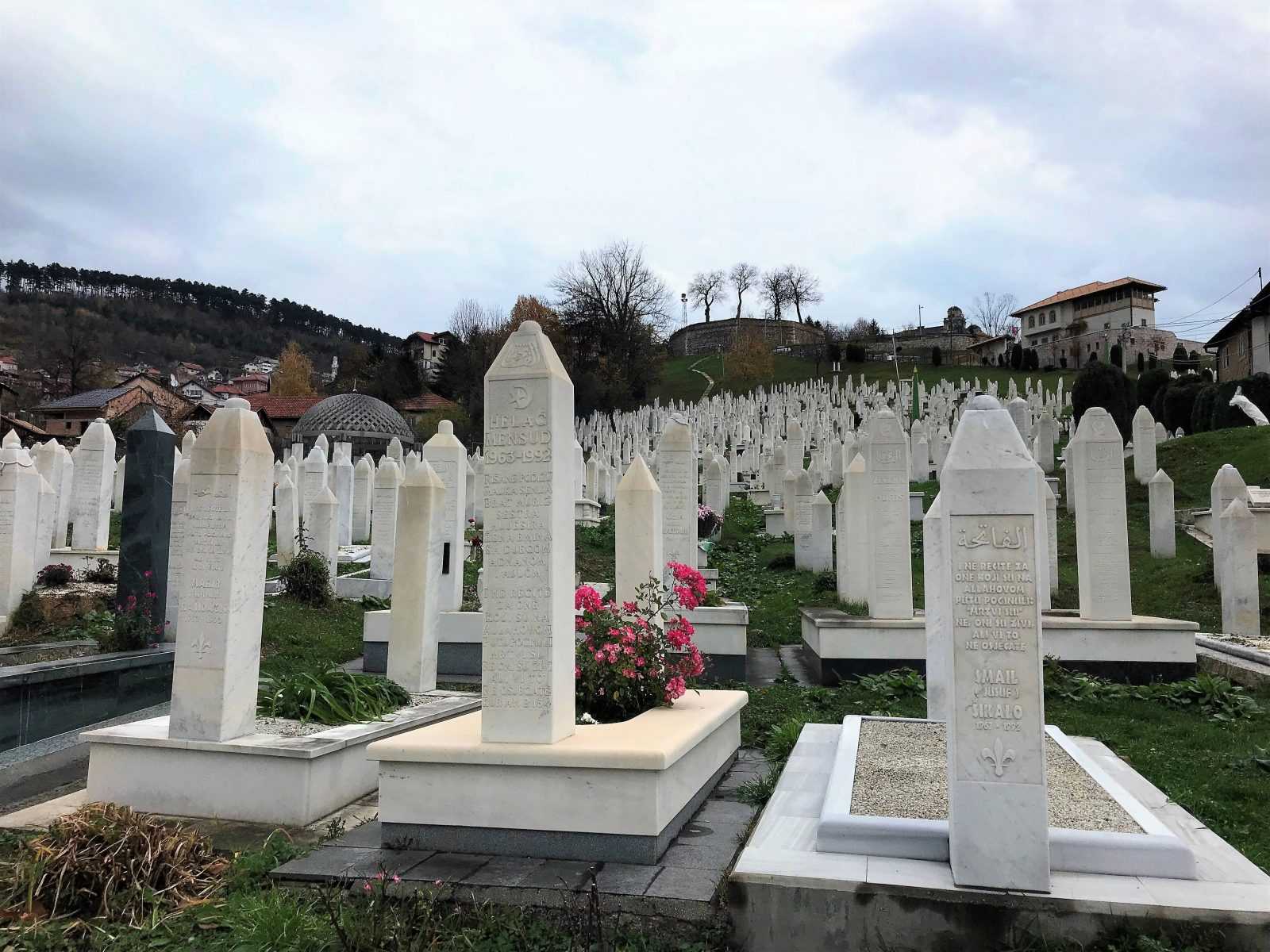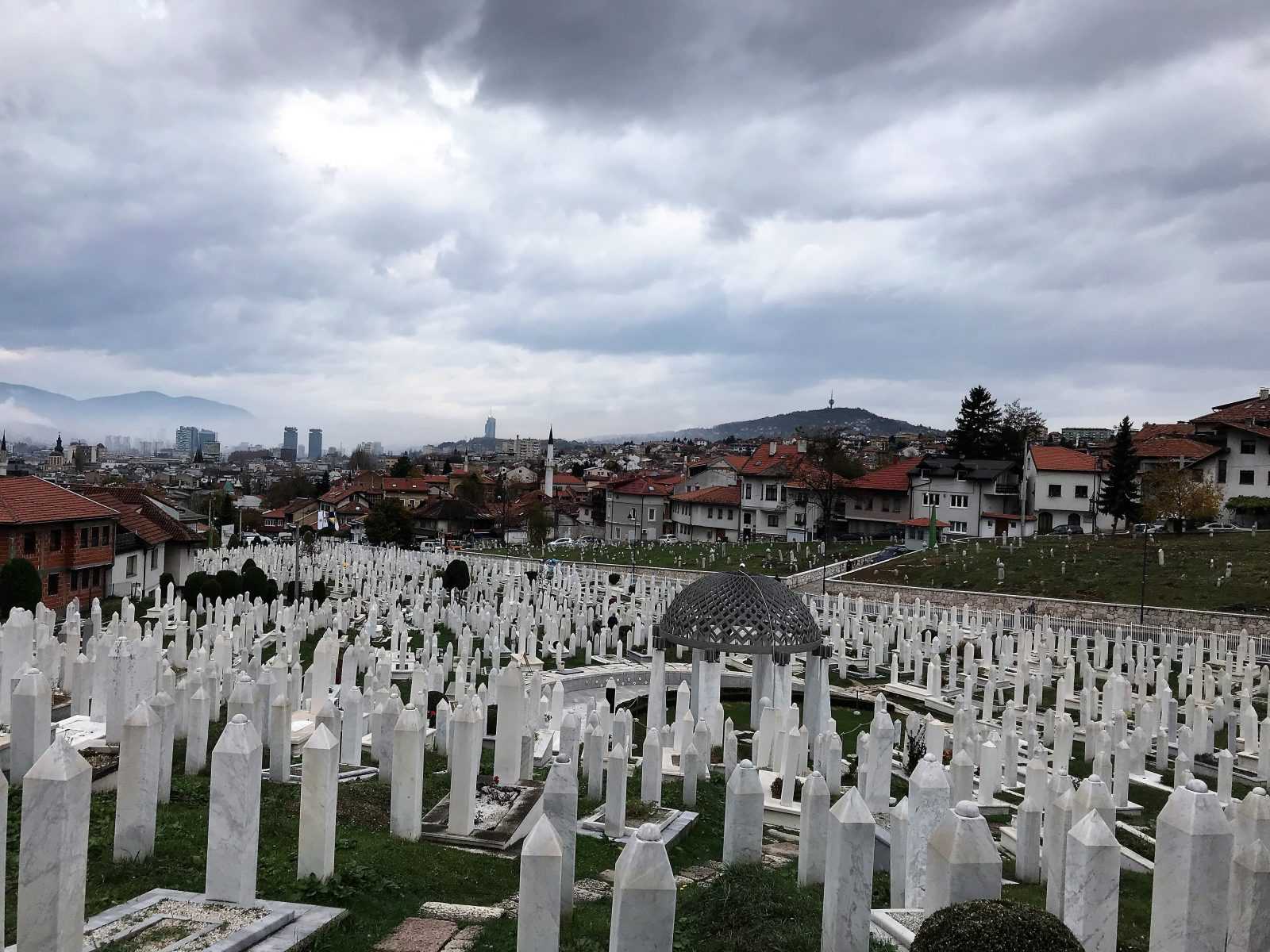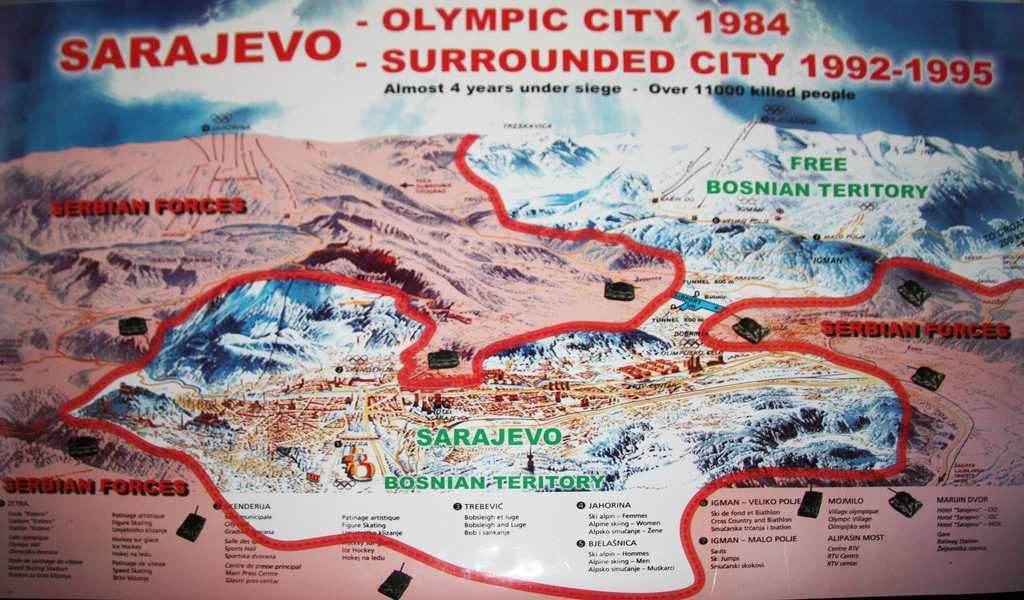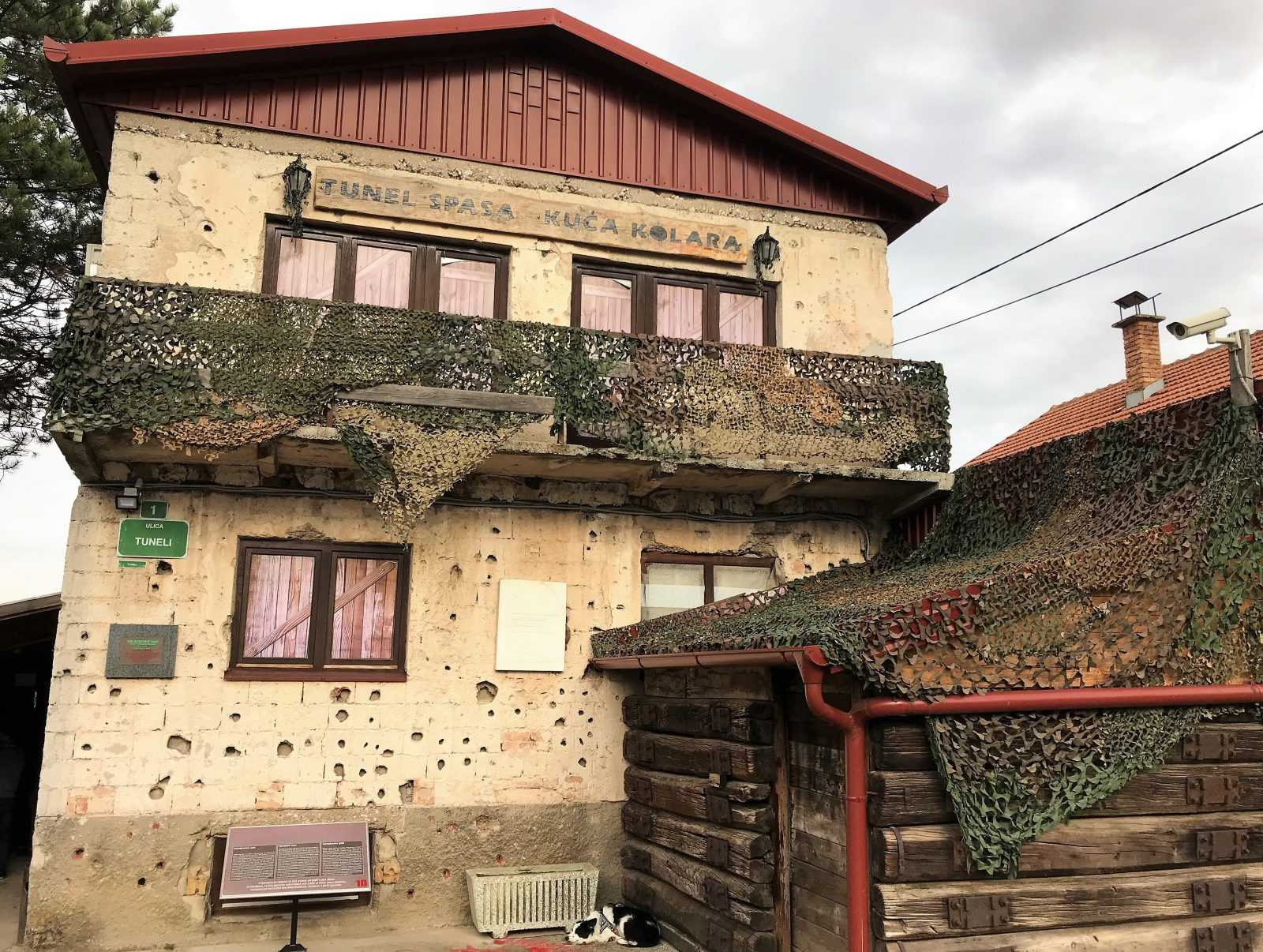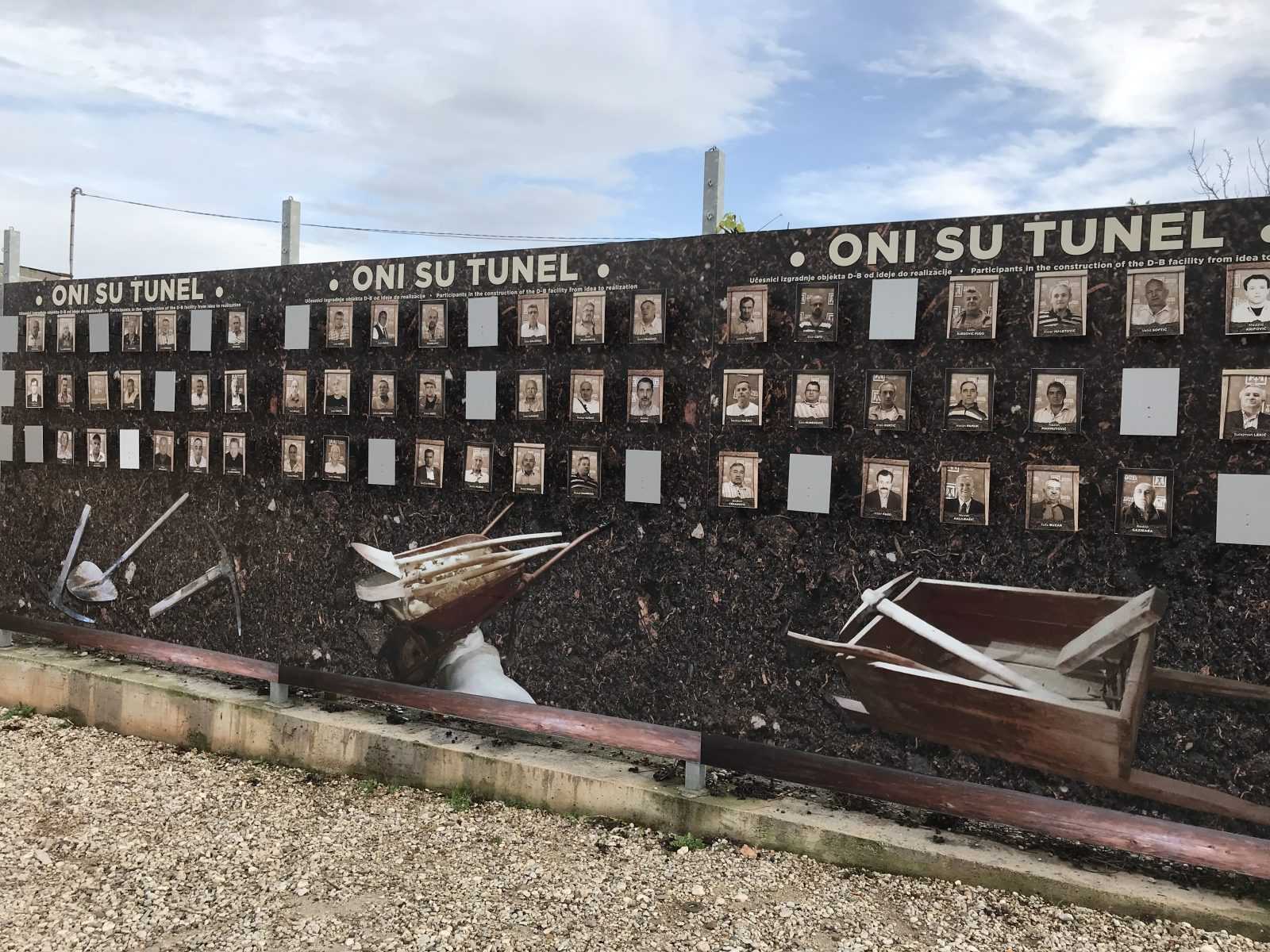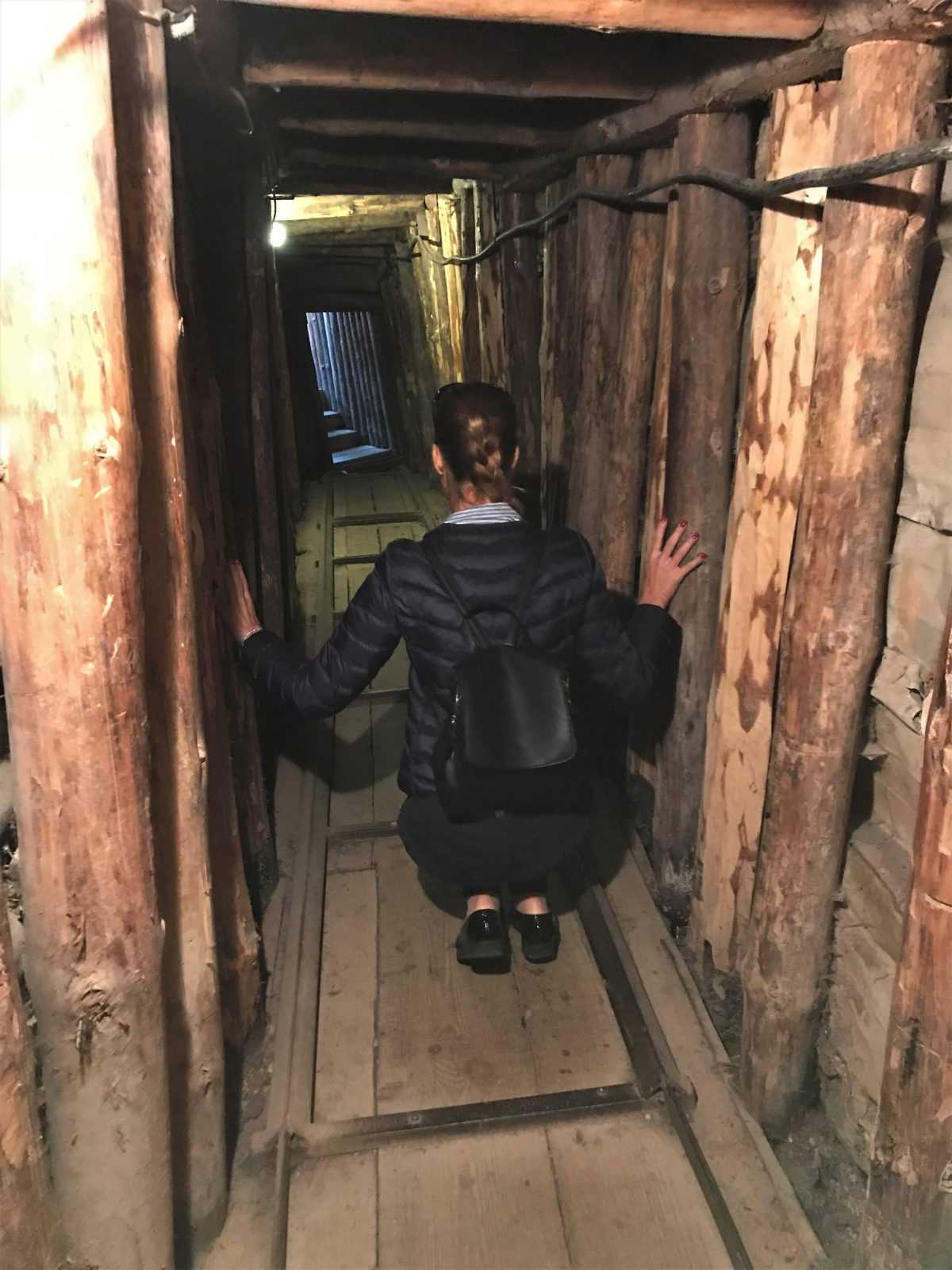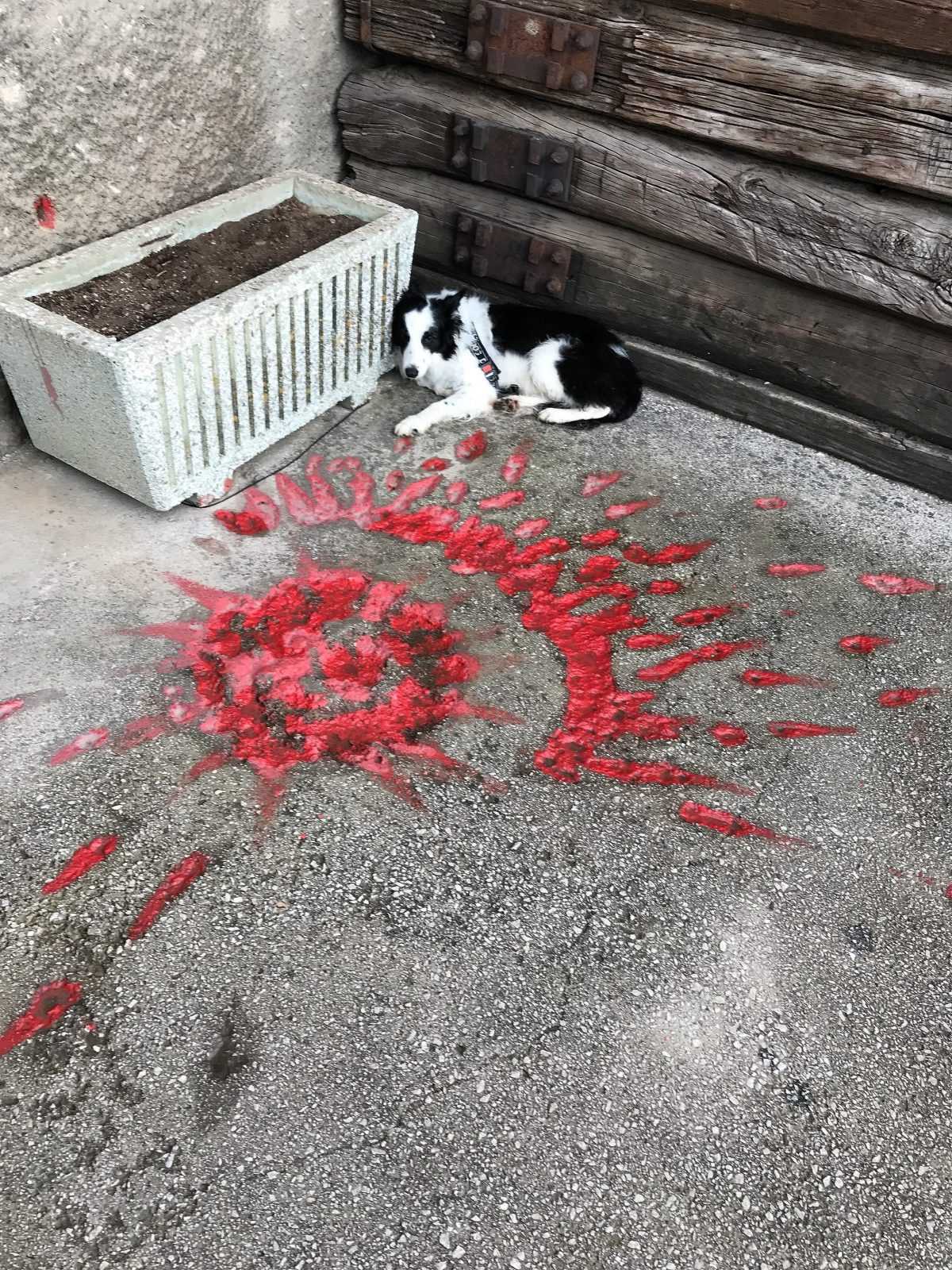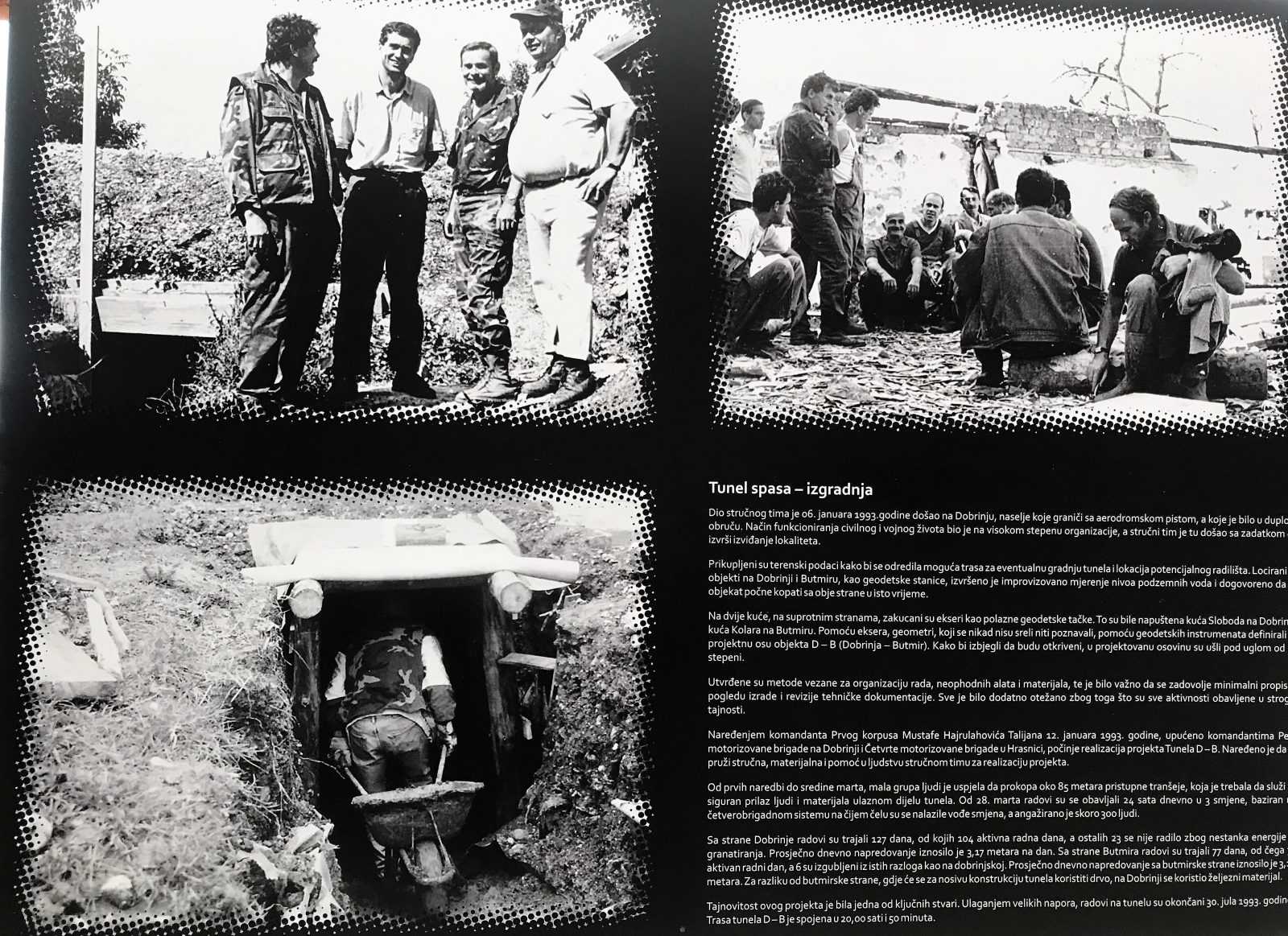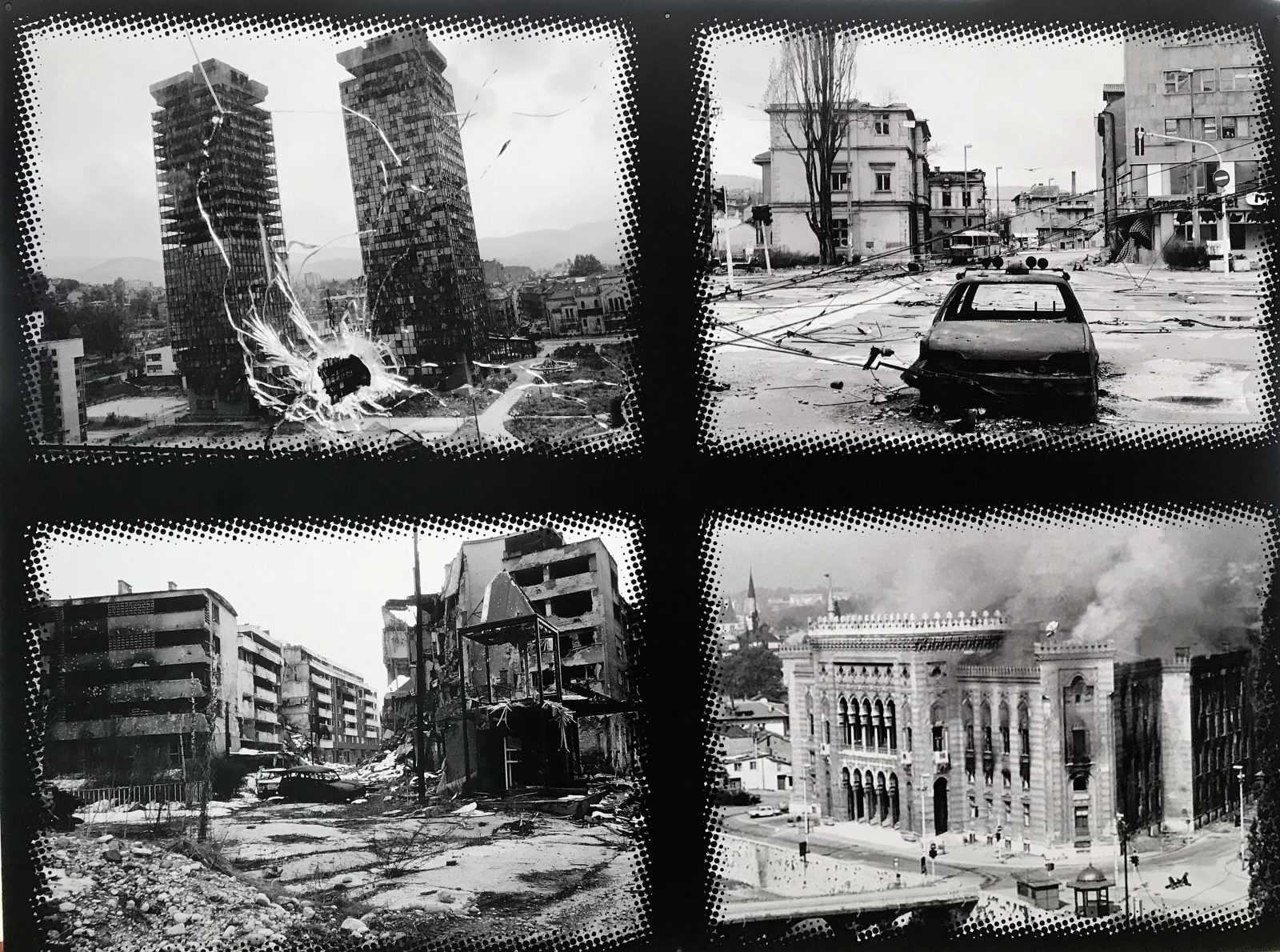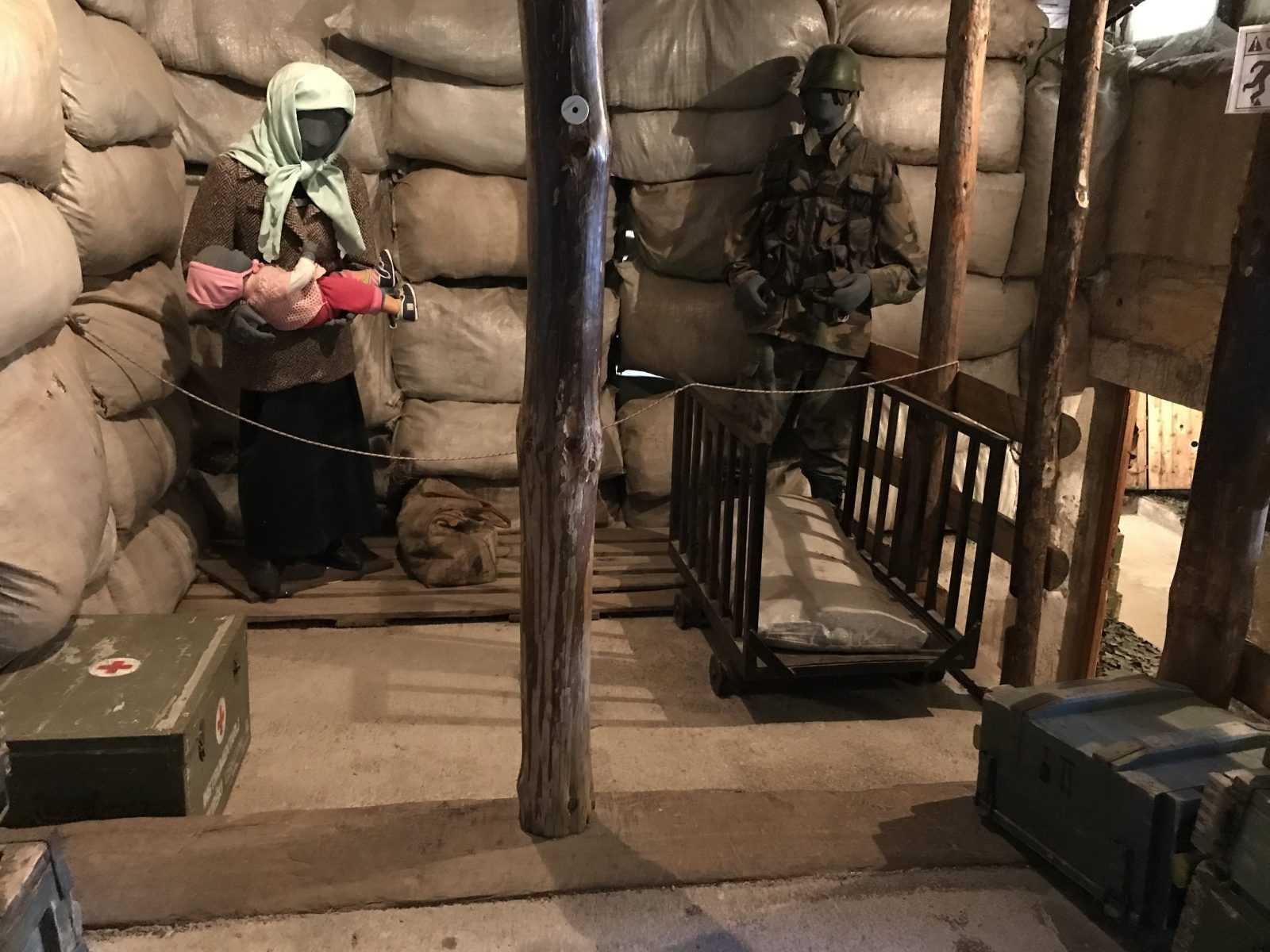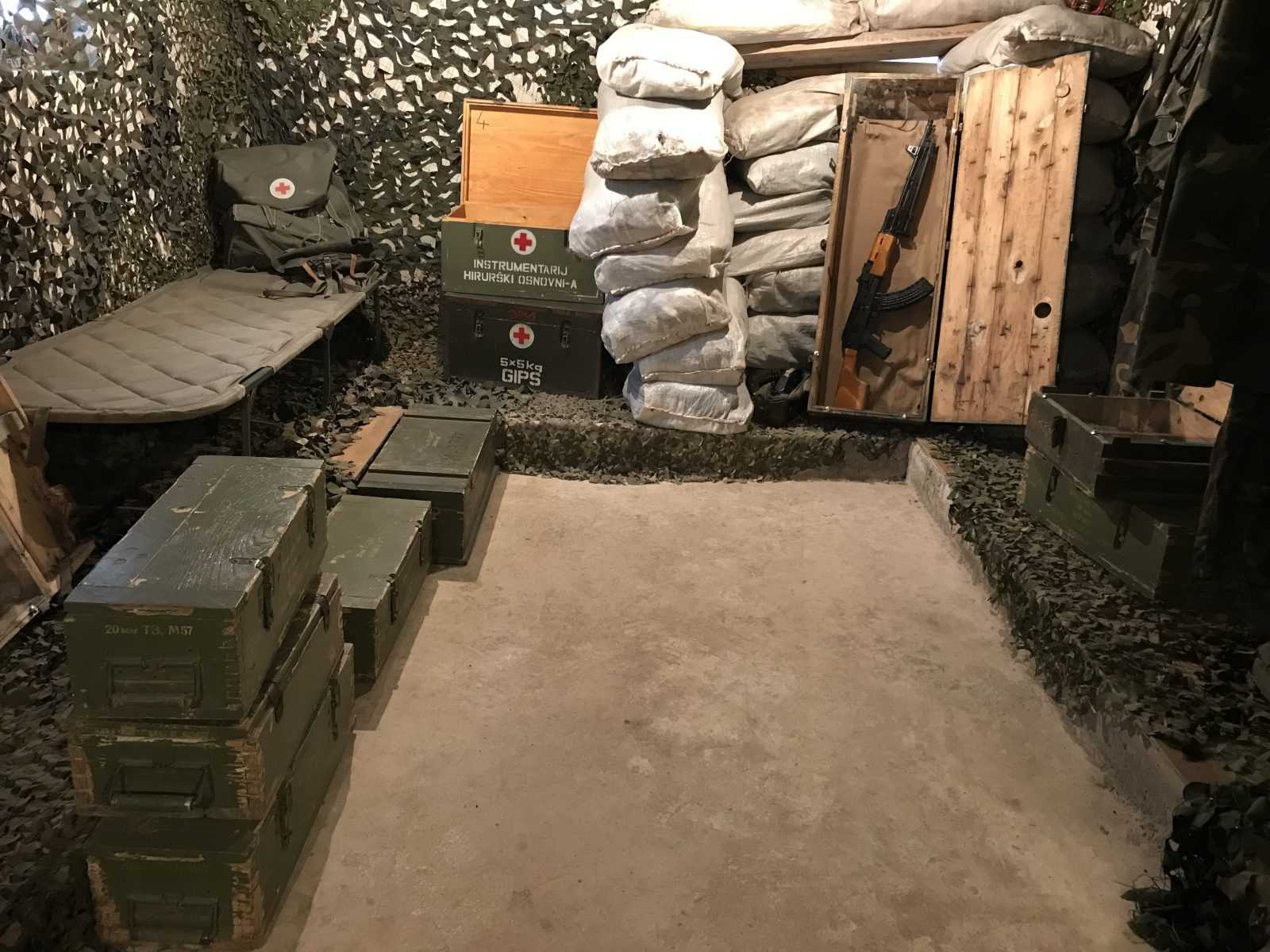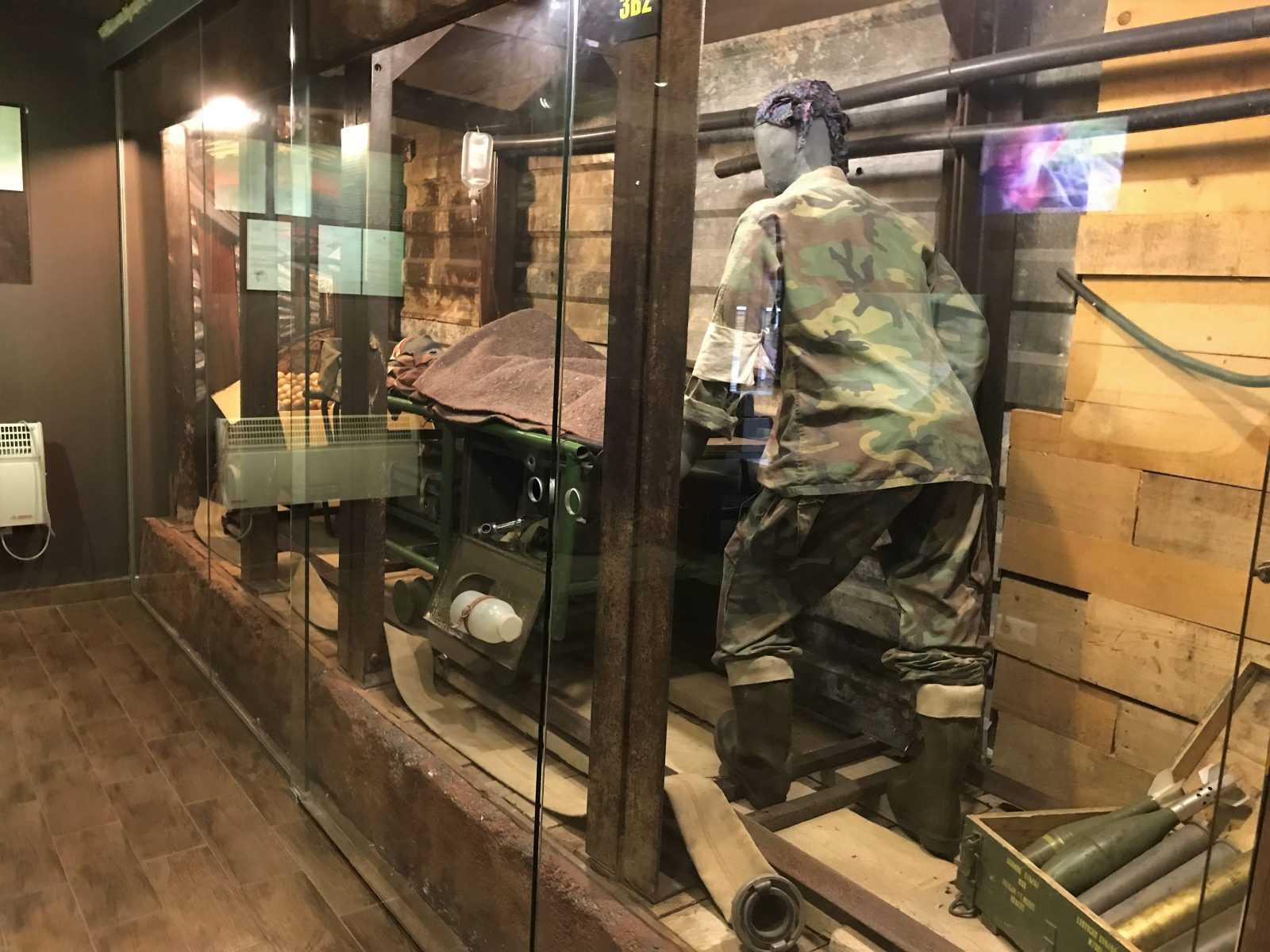When I traveled to Bosnia, the first thing that struck me in my chest beyond the beautiful landscape was the sight of bullet-riddled houses and depopulated villages. I was a child when the Bosnian war took place between 1992 and 1995. I wasn’t really interested in the question of what is happening a few hundred kilometers away from my home. I lived the day-to-day life of the after-regime change in the ’90s. However, the sight of war-affected houses, which were becoming increasingly dense towards Sarajevo, would not have been enough in itself to deal more deeply with the war question. One more thing had to happen. Arriving at the capital and ticking off the obligatory attractions from my list, my journey led me to the yellow fort. I read that it is worth visiting, there is a nice view from there. For some reason, I approached the hill not on the road, but through a cemetery. It was a nice, clear autumn morning. It was nice to take a walk in total silence. I looked at the inscriptions as I walked between the snow-white headstones, but I didn’t understand a word of them. However, the numbers are numbers in all languages. It was a cold shower to realize that I only passed through the graves of people, including children, who died between 1992 and 1995. In the Bosnian war. And the cemetery was vast. So I decided to write this sad story about Bosnia and visit the Tunnel of Hope. A place where nothing could tell you more authentically about what life in Sarajevo was 20 years ago.
The story goes back to the beginning of 1992. The question was raised if Bosnia should be an independent state, like Slovenia, Croatia and Macedonia. The Bosnian Serbs did not want to break away, but Bosnian Croats and Bosnians did not want to stay in a Serb-majority state. The Bosnian Serbian Republic was first declared, and a few months later Bosnia and Herzegovina was declared independent, which was recognised by the UN. The two diametrically opposed political wills quickly made former classmates, neighbors and friends enemies of each other in an already heterogeneous country. In the chaotic situation, the Serbs were led to believe that the newly formed state was a Serbian land that must be protected. Therefore, anything that stands in the way of this must be destroyed. And Sarajevo was in their way. On April 5, 1992, Serbian troops, led by Radovan Karadžić, seized the local police building, fired into a peacefully protesting crowd and blockaded the city. Then began Sarajevo’s more than three-year siege and with the ethnic cleansing. The bloodiest action of the year was the Srebrenica massacre, where 8,372 people were killed at the behest of Ratko Mladić in July 1995.
We’re heading to the Tunnel of Hope. We stop about 10 km from the center of Sarajevo in a village called Butmir. The two-story detached house is an uncharacteristic ally, not much different from the war buildings we have seen before. But the Tunel Spasa inscription on its façade tells us we are in the right place. You can find here the legendary tunnel, which played a key role in Sarajevo’s 1,425-day siege.
By May 1992, the circle was closed. Serbian troops surrounded Sarajevo in a 65 km round ring and began bombing the city with 260 tanks, 120 grenades and a series of launchers from the mountains. According to statistics, 329 devastating shells hit Sarajevo every day, while on the most brutal day, on July 22, 1993, 3777 were reported. The projectiles carved flower-like holes in the concrete, which unknown people painted in red. These became the roses of Sarajevo and represented the blood of the deceased. The nearly 100 “roses” have disappeared almost everywhere as a result of the construction. But here at the Tunnel of Hope, its tracks and memory are still well preserved.
Hospitals, schools, museums and churches were targeted in coordinated operations and bombings. Later, snipers appeared, firing indiscriminately at civilians standing in queues for food, including children. People tried to draw each other’s attention to danger with pazi, snajper (Beware, sniper!) signs. There was nothing else they could do, there was no way out of the city because of the blockade. Soon the post office, public transport, water and electricity supply in Sarajevo were eliminated and food supplies became increasingly problematic. Although Serbian nationalist forces allowed humanitarian packages to arrive at the airport, they were not enough to supply some 300,000 people living in the city.
The solution eventually was this a tunnel. The digging of it started in January 1993 in Butmir, the courtyard of a house owned by the Kolar family. Under the cover of night, in snow and mud, with the help of hundreds of volunteers, they managed to dig an 800 m long tunnel under the airport’s runway in six months. The tunnel led from Butmir to a garage in the besieged Dobrinja district. This created the only link between the blockaded Sarajevo and the outside world. The Tunnel of Hope has opened. The secret passage, which was 1.5 meters tall and 80 cm wide, was used by 4,000 people a day. Through this narrow corridor, they carried food in backpacks of 50 kg to the people trapped in Sarajevo. To prevent getting back and forth, the tunnel was widened at some points, but it still took 15 to 30 minutes for a man to get through. As the tunnel was only 5 metres below the airport runway, groundwater often caused problems and had to be pumped constantly. Over time, rails were laid in service, pushing train carriages to smuggle some 3 million tonnes of food, 36,705 kg of medicine and 549,326 kg of military equipment into Sarajevo. The tunnel was not only used to move goods, but also to move injured people, and even to evacuate people from the city for a larger amount of money. The operation was extremely dangerous because the Serbs realized that there was a secret passageway, so they constantly bombarded the supposed entrances. Luckily, they couldn’t find it, but a dozen civilians were killed in the tunnel siege.
There is no doubt that the tunnel played a huge role that Sarajevo survived the 44-month bombing that ultimately killed 11,541 people, including 1,601 children. It was a huge disappointment for people after the 1995 Daytona Convention, which ended the war, that the political forces in power did not sort out the fate of the tunnel and did not address it. As a result of the infiltration of water and the earlier siege, the tunnel collapsed. It was feared if he disappeared it would be like he never existed. A tunnel in which 1.2 million people were recorded during the war cannot be forgotten.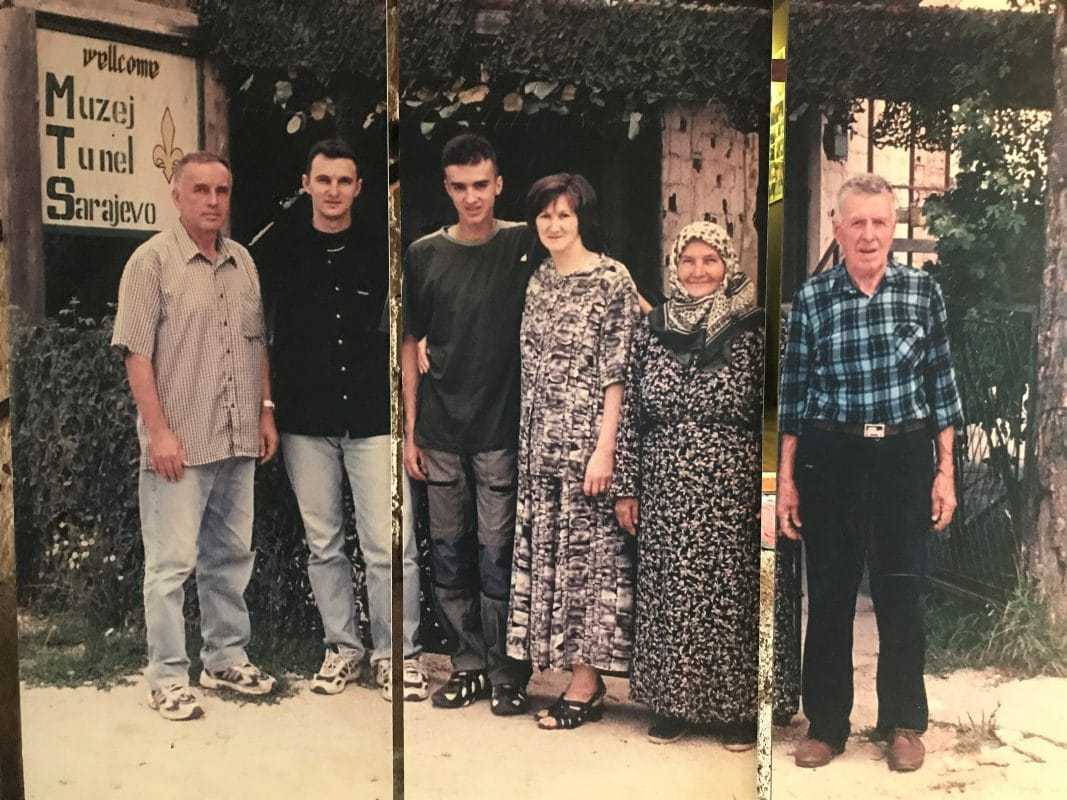
The Kolar family do remember. Without any financial support, they began to restore the ruined tunnel in the yard of their house where it all began. They collected contemporary objects and opened a museum in their garage. Slowly, the tunnel was put on the world’s news agenda. The power of human unity, which lives on not only in memory but also in the tunnel of Hope, has triumphed. 


